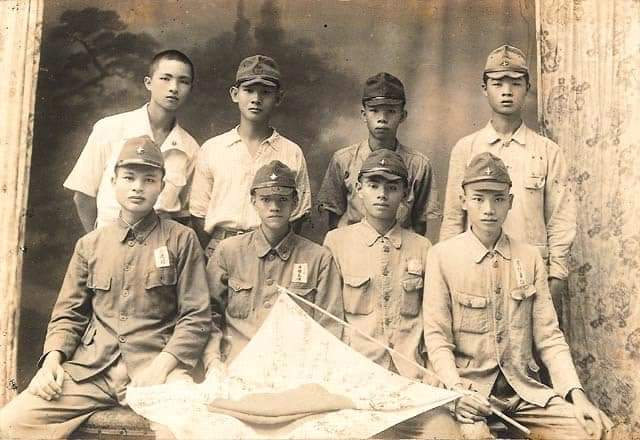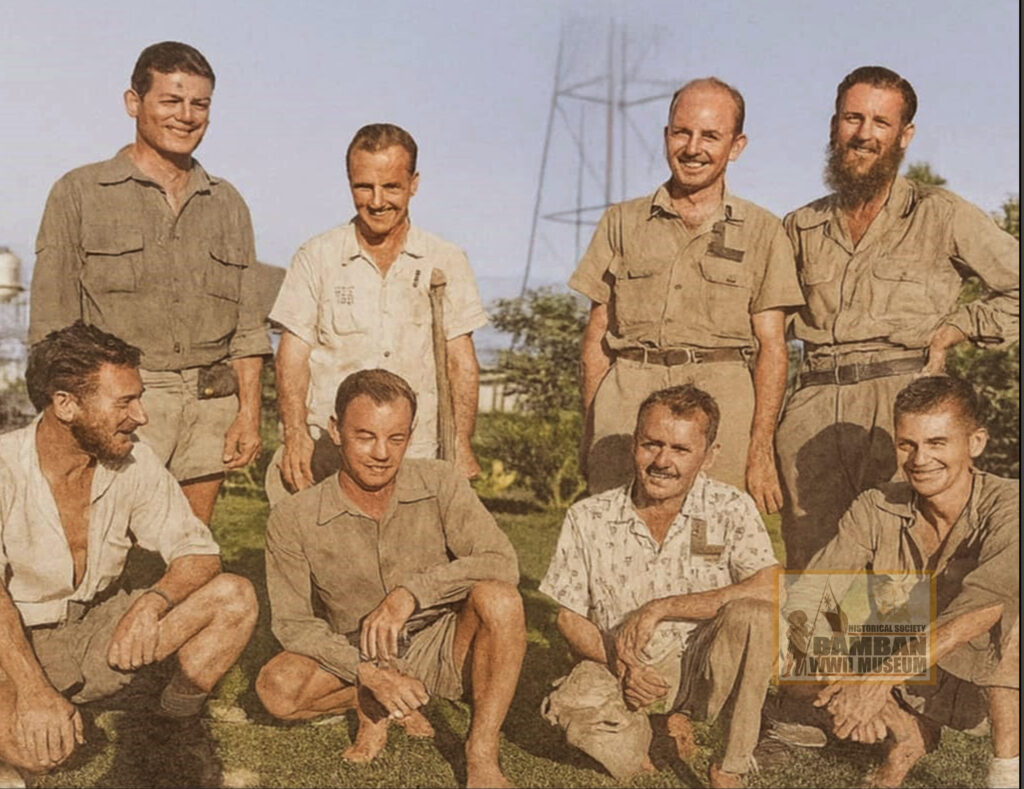
USAFFE GUERRILLA OFFICERS OF NORTHWEST PAMPANGA AND SOUTH TARLAC, JANUARY 30, 1945; CONCEPCION, TARLAC
80 years since the Liberation of Luzon and the war ended, there are still forgotten history that needs to be highlighted. In the province of Tarlac, a photograph of the USAFFE guerrilla leaders and organizers tells a thousand words of forgotten history of struggle and hardships, until finally, with the return of American forces under General Douglas MacArthur, was part of the history of Liberation 1945.
A week after the Liberation of Bamban on January 23, 1945, General Douglas MacArthur transferred the General Headquarters at the Hacienda Luisita, where the XIV Corps had occupied before. In turn, XIV Corps Headquarters should have moved to Bamban, a strategic town at the entrance of Clark Field, but since the Japanese Eguchi Detachment was bombarding the place with artillery from Clark Field, it was decided rather to move to the nearby town of Concepcion, Tarlac and occupied the house of Benigno Aquino, Sr., a prominent Filipino (Kapampangan) politician who became the speaker at the Japanese-controlled National Assembly and Director General of KALIBAPI, the sole political party during the Japanese Occupation. It was January 27, 1945.
How ironic was it in History that the American XIV Corps under the command of Lieutenant General Oscar W. Griswold, whose 40th and 37th Division were advancing on the main Japanese lines at Bamban and Clark Field, now had the Headquarters of the American liberating forces at the home of one of the highest Filipino politicians during the Japanese Occupation.
There were 2 main USAFFE guerilla forces operating in the area near Concepcion.
The Bruce Guerrillas, South Tarlac Military District, was led by Captain Alfred Bruce (12th Military Police, Philippine Scouts), with about 5,000 Filipinos and Aeta Negrito guerrillas, former Philippine Commonwealth Army who fought in Bataan and Philippine Scouts from Tarlac Province.
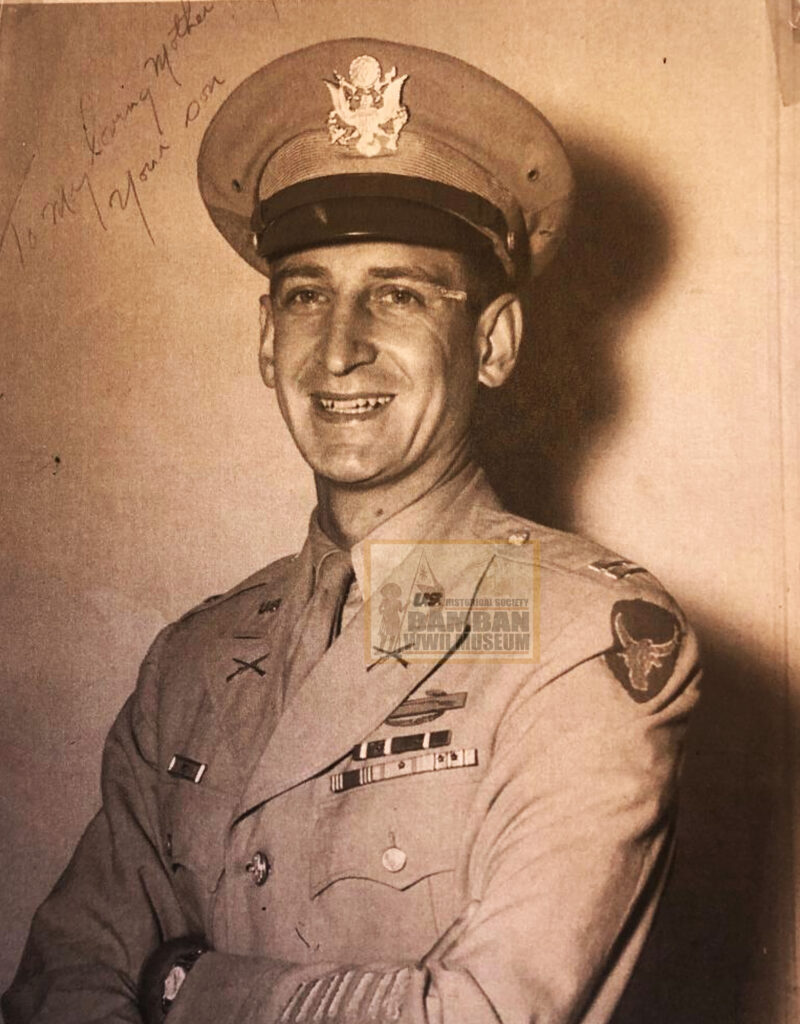
Captain Henry Clay Conner (27th Bomb Group), led a group of Aeta Negritos from the mountains of Porac and Angeles, Kapampangans on northwest of Pampanga, along with Corporal Robert T. Mailheau (24th Pursuit Squadron) and Private Frank Gyovai (17th Ordnance Battalion), for an effective guerrilla operation during the Occupation.
With the arrival of the two divisions of the XIV Corps in south Tarlac and north of Pampanga clearing any vestige of enemy occupation, the USAFFE guerrillas under the Luzon Guerrilla Forces (under command of Colonel Gyles Merrill), operating on their respective zones, will accompany the Americans in combat operations especially in Clark-Bamban area. American guerrilla officers had decided to come down from their mountain hideouts and report to the nearest American headquarters.
On January 24, 1945, Captain Bruce, accompanied by Captain Adelaida Villareyes and some of the Aeta Negritos and Filipino guerrillas from Malasa (Bamban) headquarters, came down via mountain pass in Flora and into O’Donnell, reporting XIV Corps Headquarters in Concepcion.
As the Battle for the Capture of Clark Field progressed with the 37th Division and 108th Infantry (40th Division) since January 27, 1945, Captain Conner, with Corporal Mailheau, Private Gyovai, Sergeant Bob Allen Campbell (200th Coast Artillery), Staff Sergeant Willand A. Bresler (HQ and HQ Squadron, Far Eastern Air Force) and PFC Doyle V. Decker (200th Coast Artillery), went down from the mountains of Porac, via Sapang Bato, the Abacan River, and finally reaching General Griswold headquarters in Concepcion.
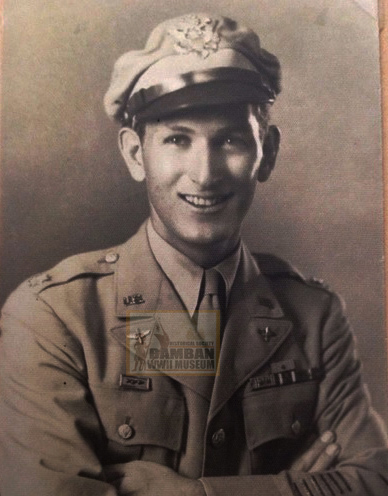
On the same day of the arrival of Captain Conner, Corporal Charles Stott (1st Bn, Manchester Regiment, British Army) also arrived and reported at the Corps headquarters. Corporal Scott was a survivor of one of the infamous hell ships, Japanese auxiliary ships that were used to transport American and other Allied nation’s prisoner of war (POW). After his ordeal on the hell ship, he joined the USAFFE guerrillas and joined Luzon Guerrilla Force of Colonel Gyles Merrill, and finally with Captain Conner’s Squadron 155.
Having been in the jungles during the Occupation, these American guerrillas survived in the most extreme conditions of human endurance, with the support of the Kapampangans and Aeta Negritos who provided sustenance, protection and home, while under pursuit by Japanese forces.
On the grounds of the Aquino ancestral home in Concepcion, Tarlac, January 30, 1945, the eight American USAFFE guerrilla leaders, responsible in commanding more than 10,000 Filipinos and Aeta Negrito mountain warriors in Luzon, gathered together and had the historic opportunity for a ceremonial meeting with General Griswold.
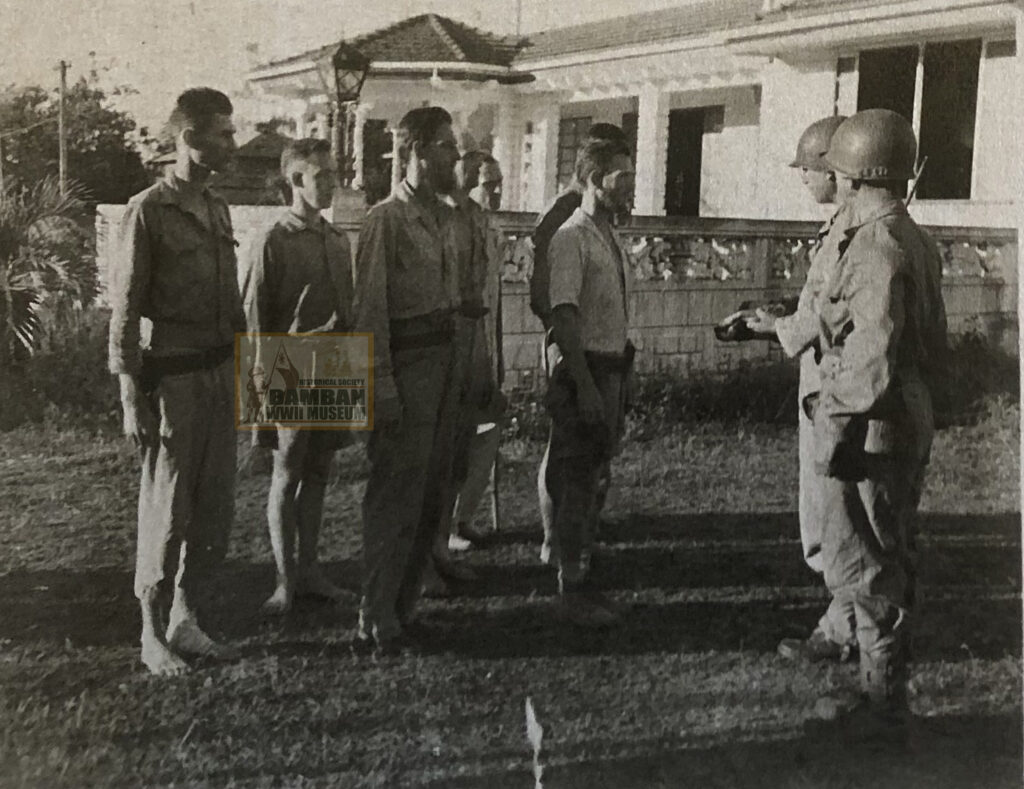
Photographs were taken of this historic event at Concepcion, and the Americans are identified, most of them still barefoot and showing signs of lack of privilege (undernourished, suffering from vitamin deficiencies and ragged) in their jungle struggle while commanding guerrilla fighters:
Standing, from left to right: Private Gyovai, PCF Decker, Staff/Sgt. Bresler and Captain Bruce.
Seated, from left to right: Captain Conner, Corporal Stott, Sergeant Campbell and Corporal Mailheau.
Captains Conner and Bruce continued to serve with the XIV Corps and accompany the 37th and 40th Division on the fight around Clark Field and Bamban Hills area, bringing with them their Filipino and Aeta Negrito warriors in support of division advance and attacks on Japanese positions in the mountains around Clark and Bamban.
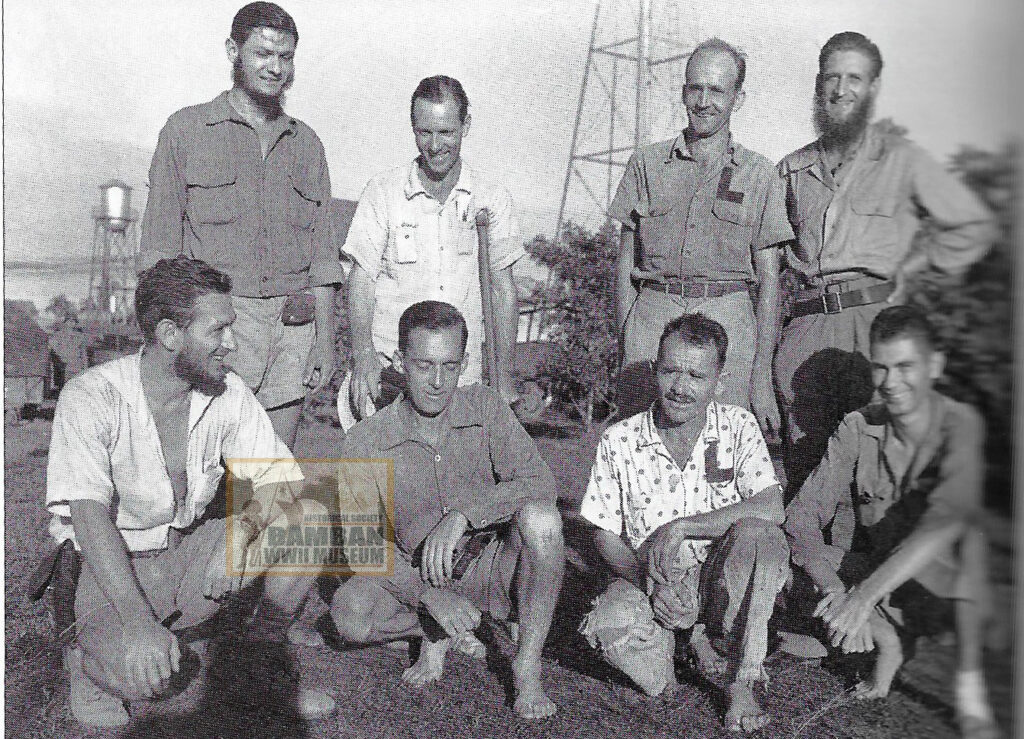
The photograph, colorized by my friend Gerald Randy, Anderson, Sr., provides an image of the American guerrilla resistance in the Kapampangan region and Aeta Negrito Mag-Antsi ancestral domain during WWII.
Rhonie Dela Cruz
Bamban WWII Museum
Bamban Historical Society
Consultant, Tarlac Provincial Tourism Office
Citation:
(1) XIV Corps M1 Operation, “After Action Report XIV Corps M1 Operation.
(2) XIV Corps Operations in Luzon.
(3) Malcolm Decker, On a Mountainside: The 155th Provisional Battalion Against the Japanese on Luzon.
(4) Bob Welch, . Resolve: From the Jungles of WWII Bataan, The Epic Story of a Soldier, A Flag and a Promise Kept.
Photograph:
(1) Indiana Historical Society, as appeared on Bob Welch’ book, “Resolve” and Malcolm Decker’s “On A Mountainside”.
(2) Portrait of Captain Alfred Bruce, courtesy of Bruce Family. Bamban WWII Museum Collection.
(3) Portrait of Captain Henry Clay Conner.
(4) Ceremony at the Aquino ancestral home in Concepion, Tarlac, taken in late January 1945 with the American USAFFE guerrillas of Pampanga and Tarlac and Lieutenant General Oscar Griswold, CG of the XIV Corps. Photo from Bruce Family, Bamban WWII Museum Collection.
(5) Photograph of the group of USAFFE guerrillas from the Luzon Guerrilla Forces in mono color. Indiana Historical Society photo.

